PA and TCOM students collaborate in interprofessional education training
- January 18, 2024
- By: Eric Griffey
- Community
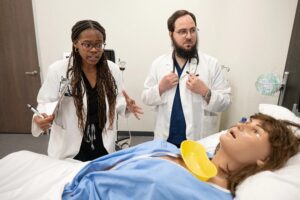 In one room, a patient was suffering from hypovolemic shock due to her ectopic pregnancy. In another, a patient was dealing with cholangitis — an infection of the biliary system. In both cases, a group of physician assistant and medical students from The University of North Texas Health Science Center at Fort Worth diagnosed and treated the ailing patients during a recent interprofessional education, or IPE, exercise at the university’s regional simulation center.
In one room, a patient was suffering from hypovolemic shock due to her ectopic pregnancy. In another, a patient was dealing with cholangitis — an infection of the biliary system. In both cases, a group of physician assistant and medical students from The University of North Texas Health Science Center at Fort Worth diagnosed and treated the ailing patients during a recent interprofessional education, or IPE, exercise at the university’s regional simulation center.
The training was hosted by the School of Health Profession’s Physician Assistant Studies Program and the Texas College of Osteopathic Medicine. Students from both schools worked in teams to assess their patients in these real-world scenarios.
Second-year PA student Cierra Black said even though the patients weren’t real — one was an actor, the other a lifelike simulation mannequin — the IPE training helped her better understand what her role will be when she is a practicing clinician.
“I think I gained a better sense of how a team works and the dynamics of having to work with other people — PAs, med students, respiratory therapists, nurses, techs and everybody that makes up the health care team,” she said.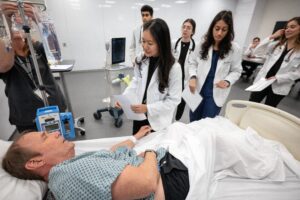
“We don’t really get that opportunity in the classroom because we’re learning the medicine, which is the foundational piece of it all,” she continued. “But now I feel a lot more comfortable transitioning into my clinical year and taking everything that I’ve learned there and trying to apply it in a real-life scenario. I like having this exposure so early on because I’m going into it with more confidence than I would’ve if I didn’t get this opportunity.”
What is IPE?

IPE is the engagement of two or more health care professions in an integrated learning environment to foster collaboration and improve health. IPE cultivates interprofessional collaboration, which nurtures a team approach. The result is an improved quality of patient care, decreased length of hospital stay, reduced costs of care and fewer medical errors. The National Institutes of Health and others call IPE an “essential approach in health care education.” It’s deemed crucial in equipping health care professionals to deliver safe, high quality and optimal patient care. A systematic review by a British practice showed IPE improved patient outcomes, clinical processes and patient satisfaction.
HSC’s more recent collaboration began with a meeting between PA professor Jamie Park and TCOM professor Dr. Samuel Selby. While at a simulation conference, the two discussed how their respective schools could collaborate. The PA program had already been using real-world scenarios in simulation, but not alongside TCOM students. TCOM had conducted a similar training with College of Pharmacy students.
“As a PA student, IPE was not a topic in my training,” Park said. “Instead, I learned how to engage with other health care professionals independently without guidance. There was a steep learning curve. I hope having IPE in each HSC student’s curriculum improves patient care by fostering a better understanding of how we each contribute to the care of our patients and our community.”
Breakdown of IPE training
 In HSC’s recent IPE training, the students were split up into teams, each of consisting of both PAs and medical students. The teams were briefed and then sent to the simulation lab where patients awaited. One team observed the other during one case, and then the teams switched for the second.
In HSC’s recent IPE training, the students were split up into teams, each of consisting of both PAs and medical students. The teams were briefed and then sent to the simulation lab where patients awaited. One team observed the other during one case, and then the teams switched for the second.
During second-year TCOM student Brenton Stucki’s experience, part of his team evaluated the patient’s medical history and symptoms, while another performed a physical exam, which involved seeing if the patient’s skin was changing color, feeling different parts of the body that may be more tender than others, listening to heart and lung sounds, feeling lymph nodes and more.
“Throughout the simulation, we were provided more diagnostic clues,” he said. “If we ordered ultrasounds, we were able to view ultrasounds. And those played a big part in helping our diagnosis. Labs were ordered, we were able to see the patient’s lab values, and those are very important in helping us arrive to a diagnosis. And so, that’s the culmination of the patient’s medical history, their physical presentation, as well as diagnostic tools, such as ultrasound and lab values that we were able to receive.”
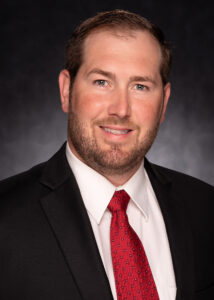
Selby said one of the major differentiators for the most recent exercise was the students were able to hear immediate feedback from faculty and their peers.
“The ideal scenario includes a spectrum of specialties, sufficient time and student numbers for small group simulations, along with personalized briefings for an optimal experience,” he said. “The challenge lies in establishing correct ratios to engage students and provide personalized feedback on their performance. To address this challenge, we introduced an observation group during the event, allowing students to observe their peers in the simulation and provide feedback afterward. This approach not only engages observers but also fosters compassion for colleagues facing a difficult task under pressure.”
Takeaways from IPE
Black said one of her main takeaways from the training was that she was more prepared than she imagined — she was able to access the information she’d been studying.
“You study so much, and you pump so much into your brain,” she said, “I ask myself all the time, ‘Am I retaining this? Am I actually going to be able to perform when the time comes?’ Having these little boosts of confidence to know I actually do know things and I can critically think, and I can do it quickly, that’s what I need at this point.” 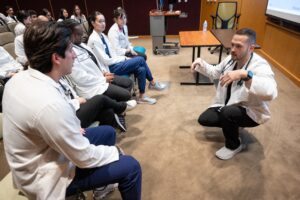
“There’s so much doubt and imposter syndrome that goes with being a graduate student anyways,” she continued. “Having those reminders that this hard work is paying off and will pay off in the future, that is what keeps me going.”
HSC’s interprofessional education director Cynthia Carroll said the uncertainty is part of the point of IPE exercises.
“Students experience the complexity and uncertainty of patient care, thus expanding their need to learn from and lean on one another across the professions,” she said. “The experience reinforces the value and necessity of teamwork that exists between PA’s and physicians, and thus translates to teamwork with any and all members of the health care team.”
For Stucki, the IPE event was his first time working with PAs. He was struck by how much everyone involved dove in and contributed to the patients’ outcomes.
“I think that’s part of the learning opportunity of the exercises is that no matter what your title is, you can always learn from each other,” he said. “It doesn’t matter if you’re the physician learning from the nurse or if you’re the nurse learning from the physician’s assistant. Everybody has something to learn from someone else in that health care team.”
Park and Selby both not the recent IPE is just the beginning.
“I hope this marks the start of a long and fruitful relationship between the schools, promoting mutual respect and confidence,” Selby said.
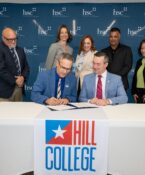
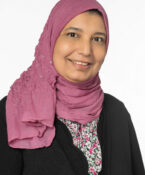
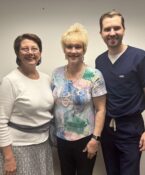
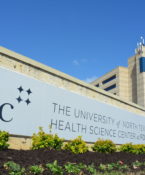


Social media